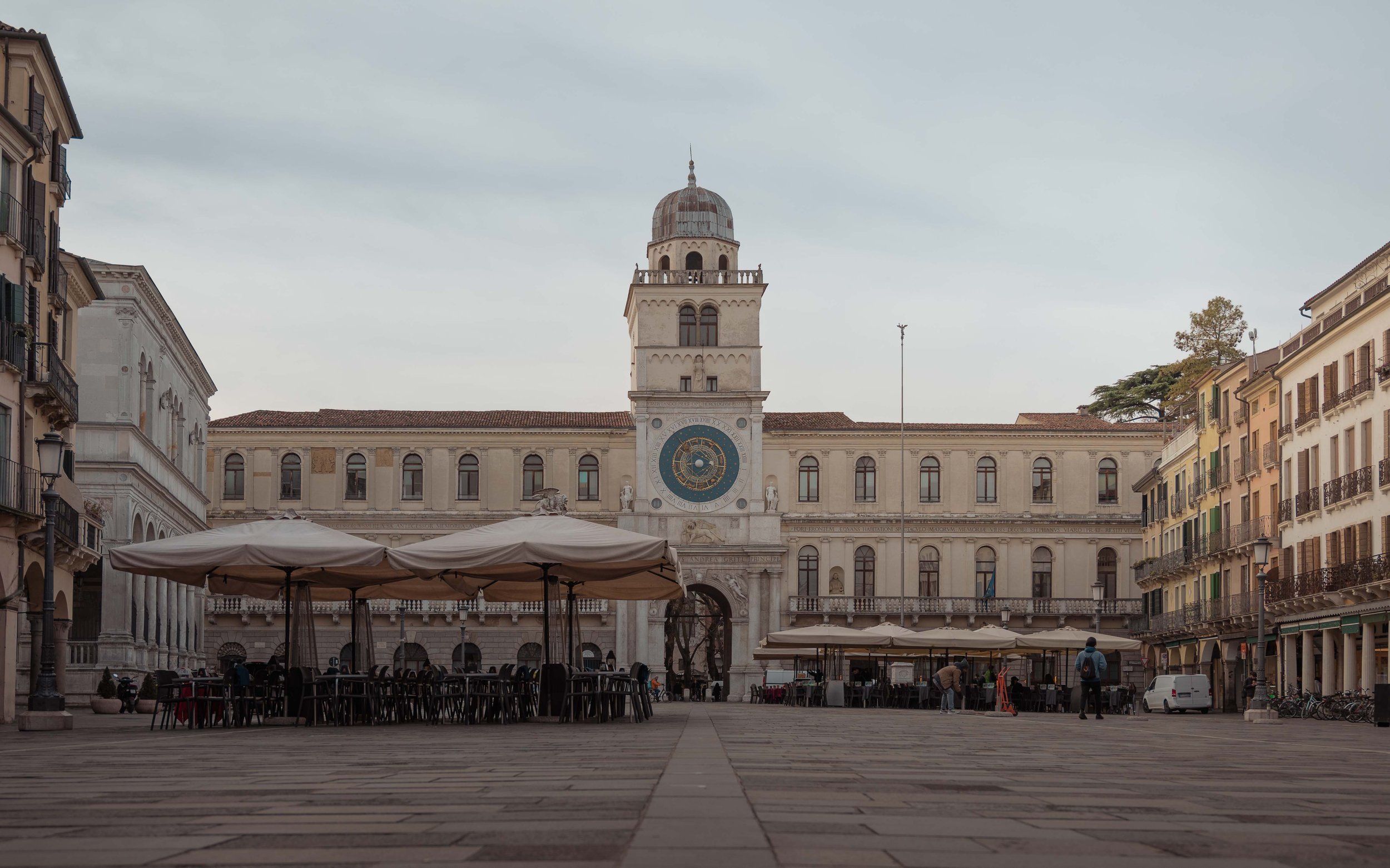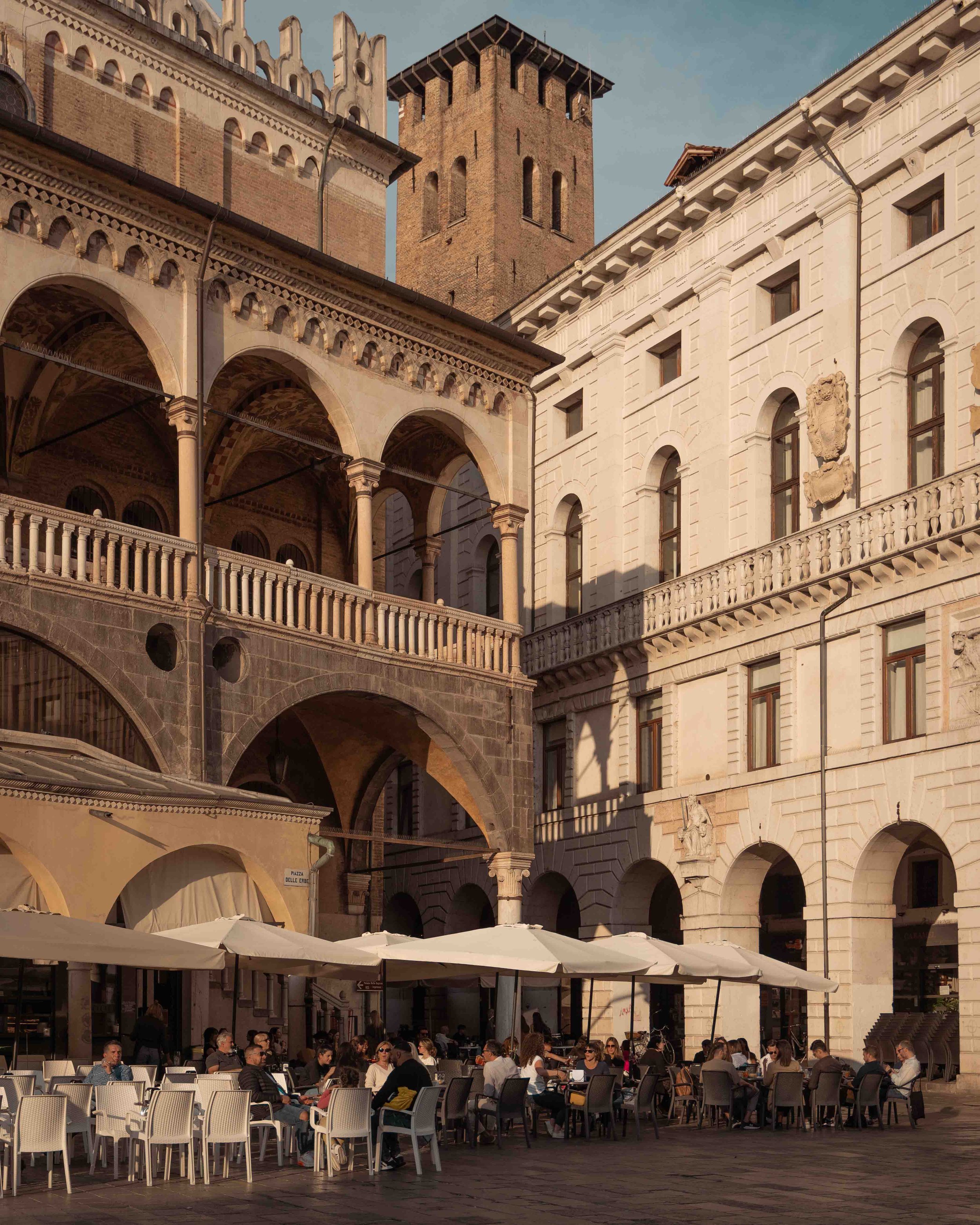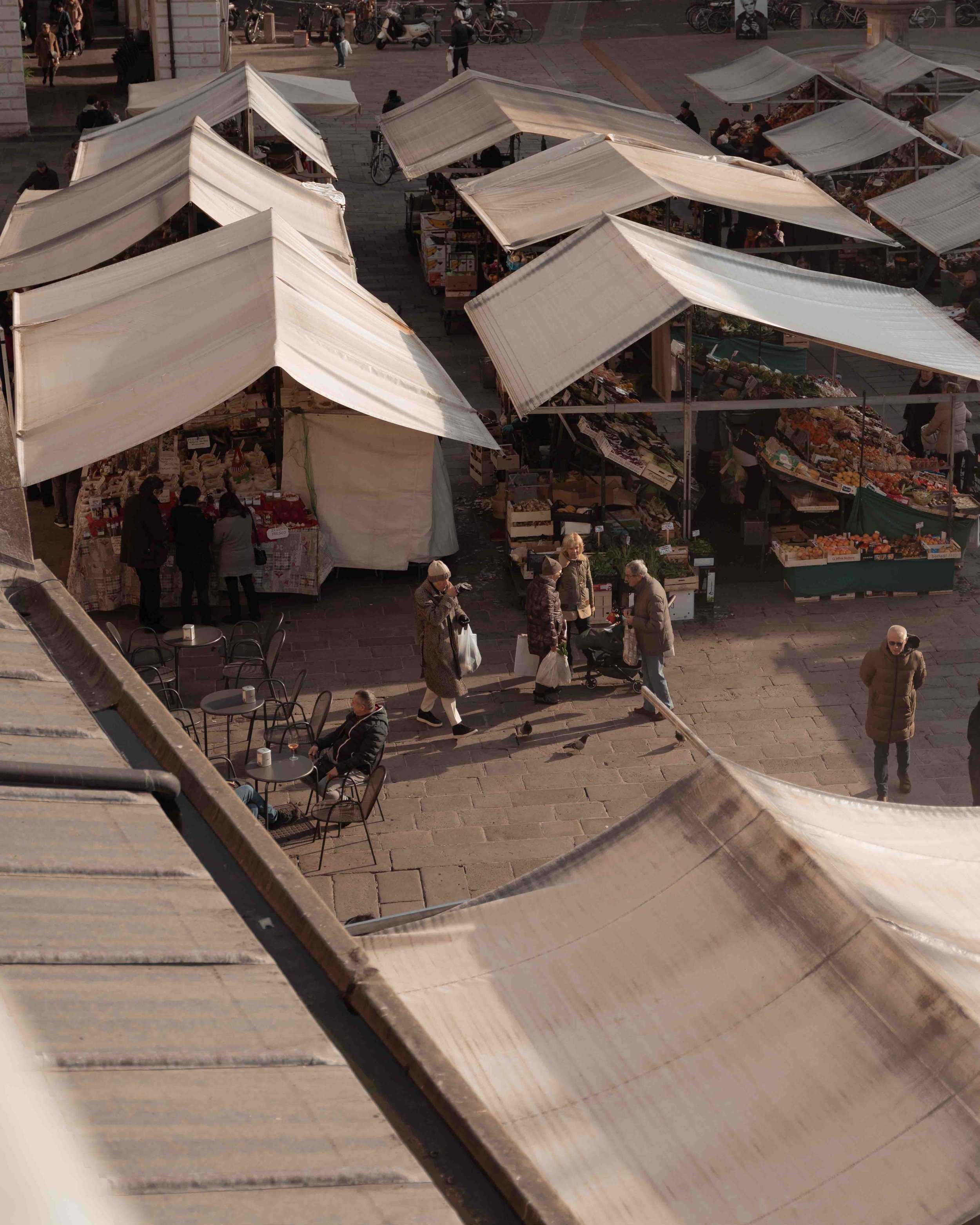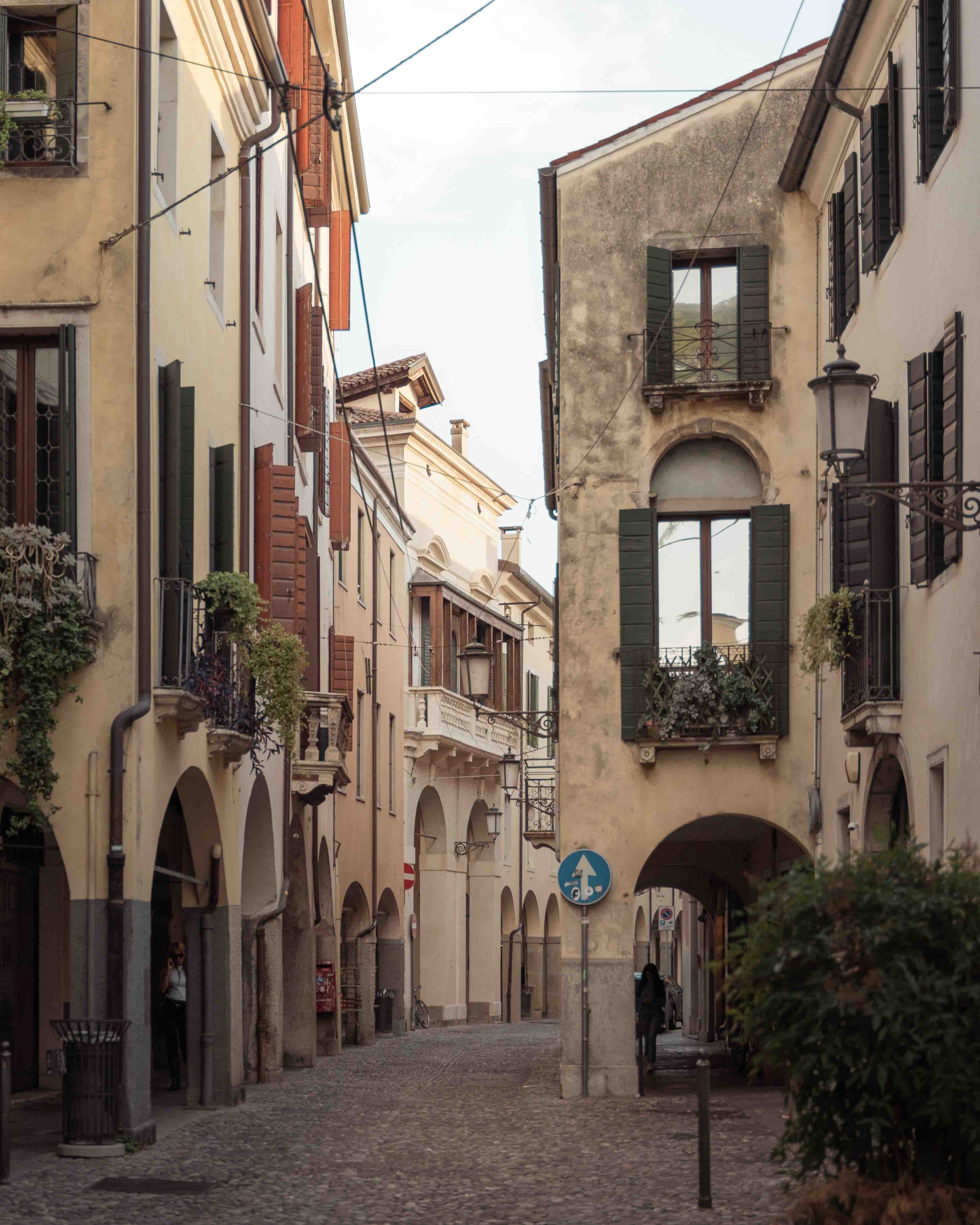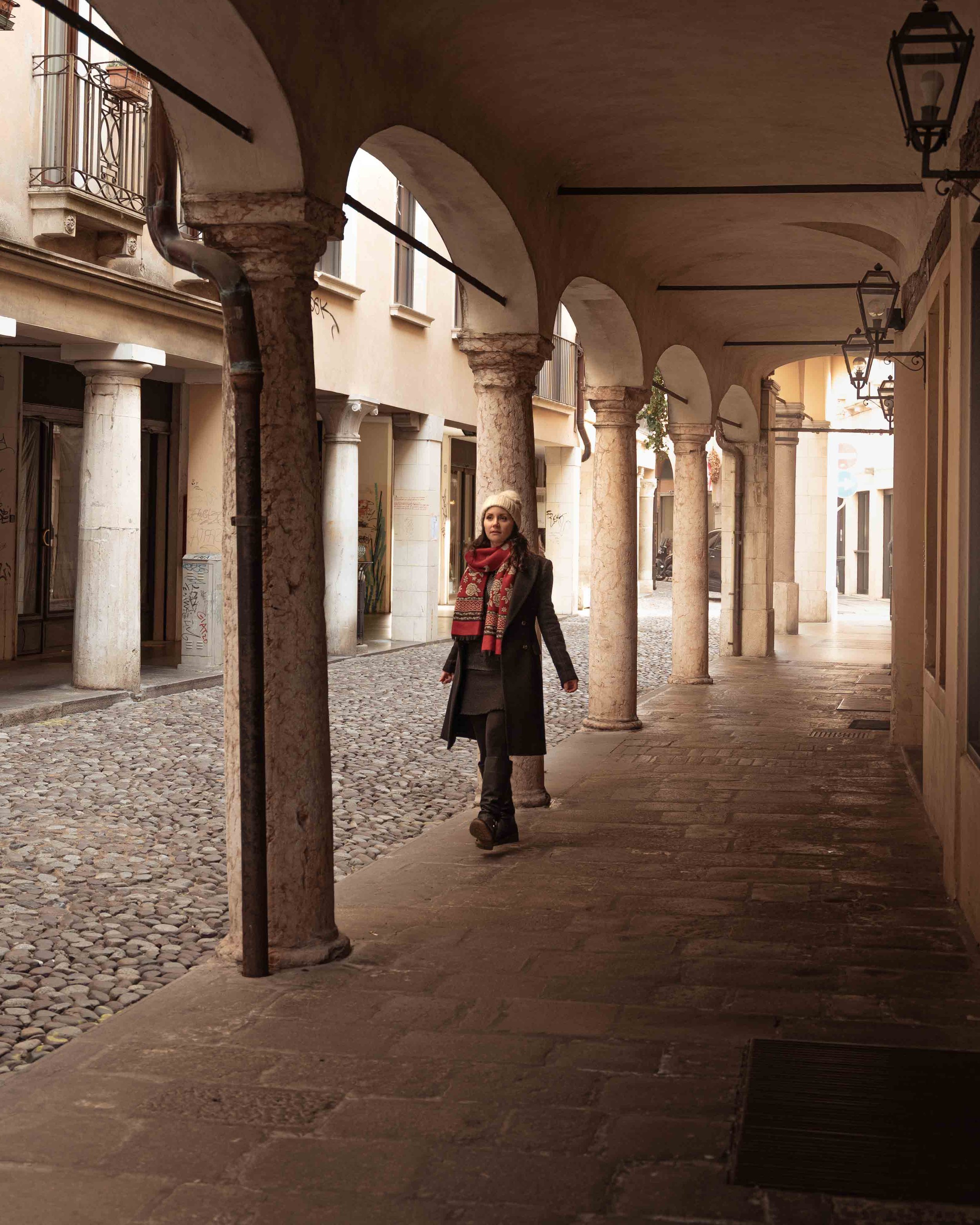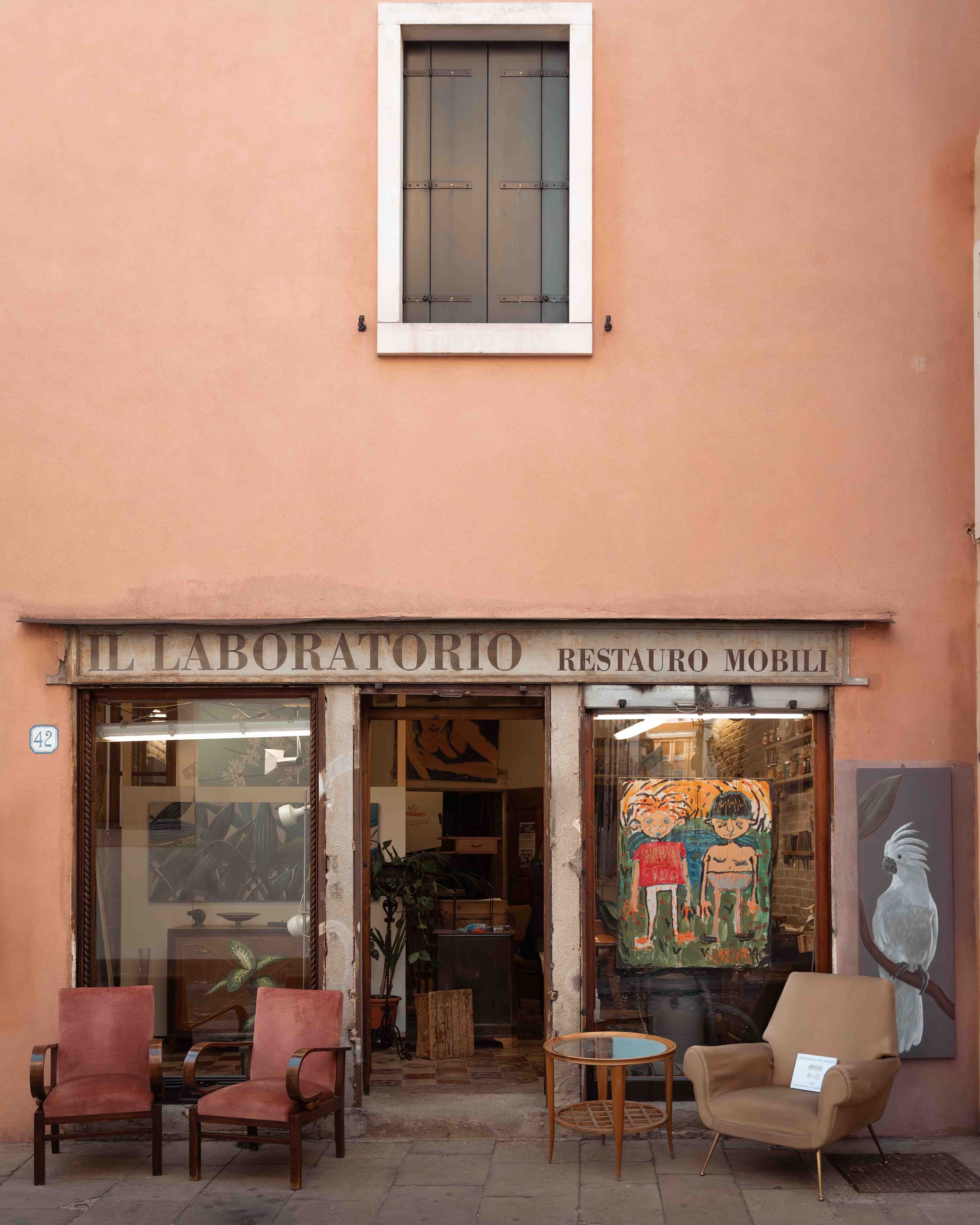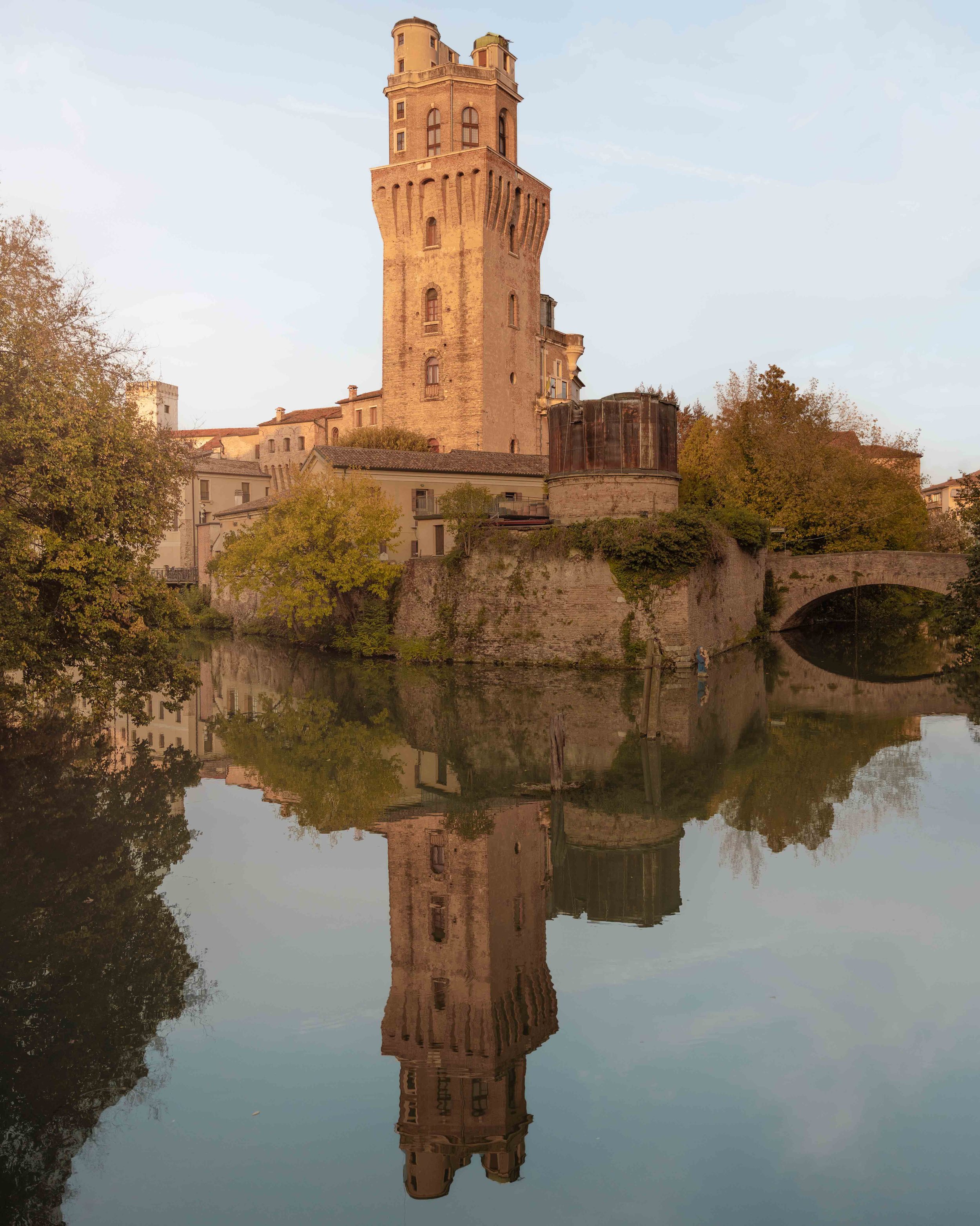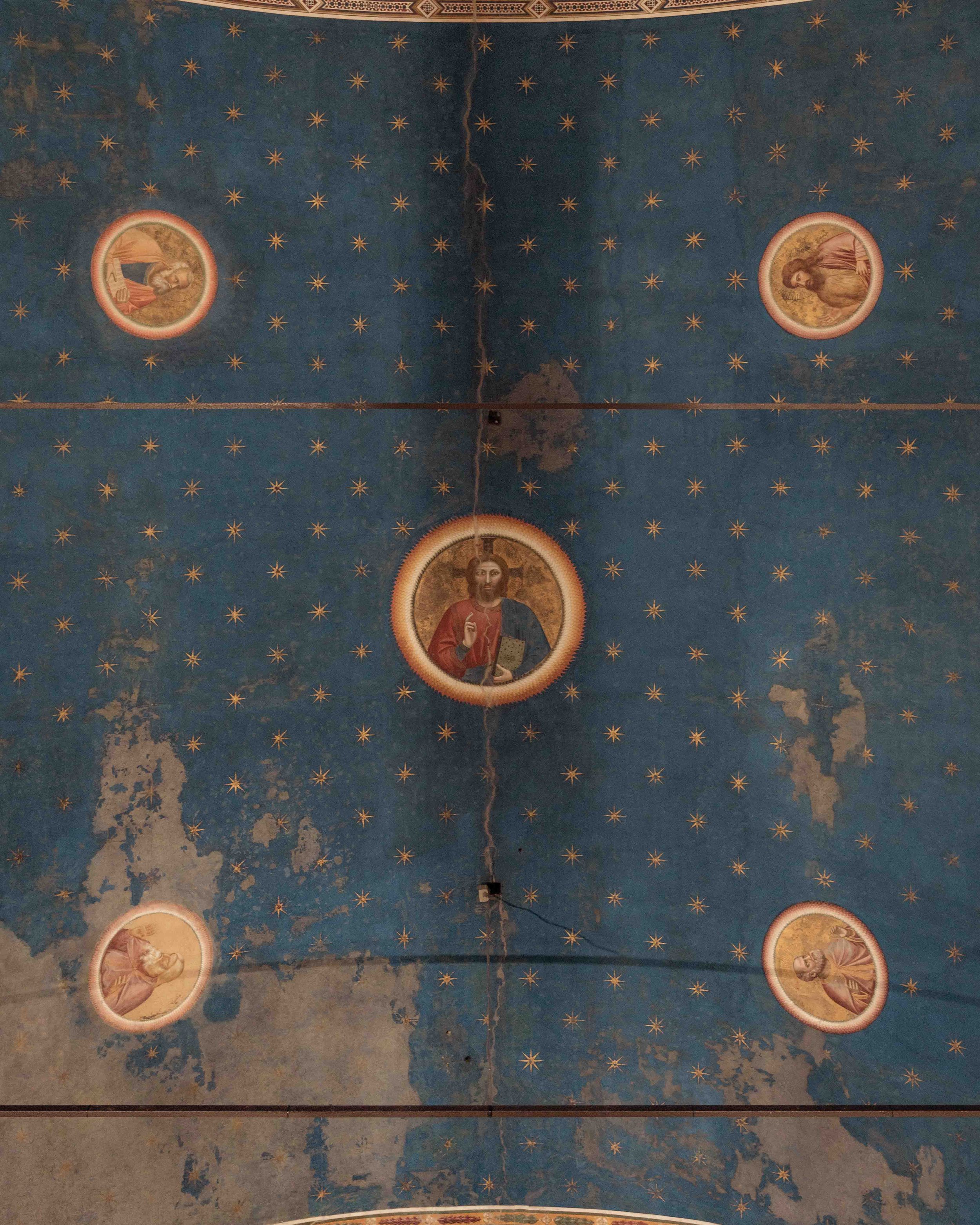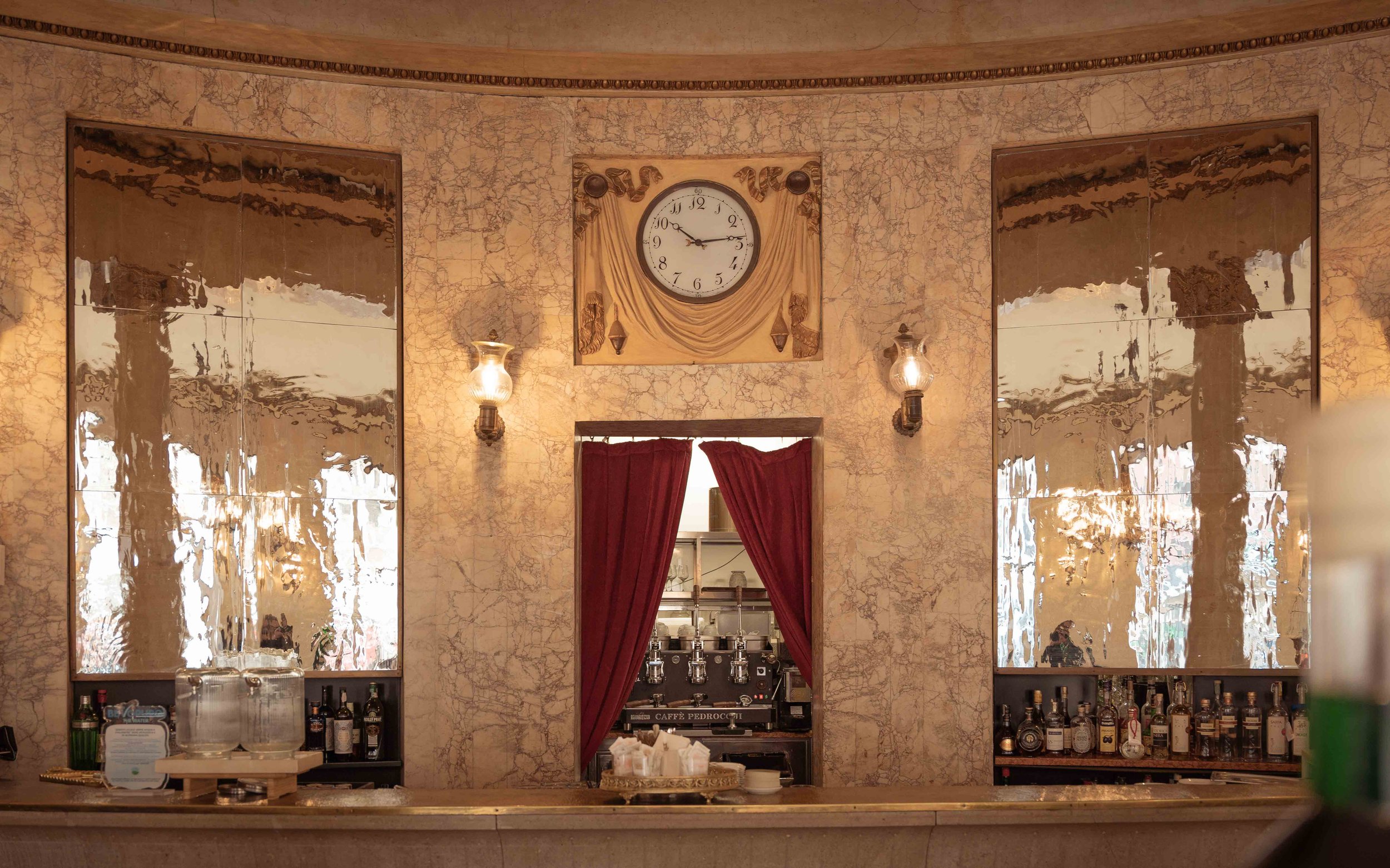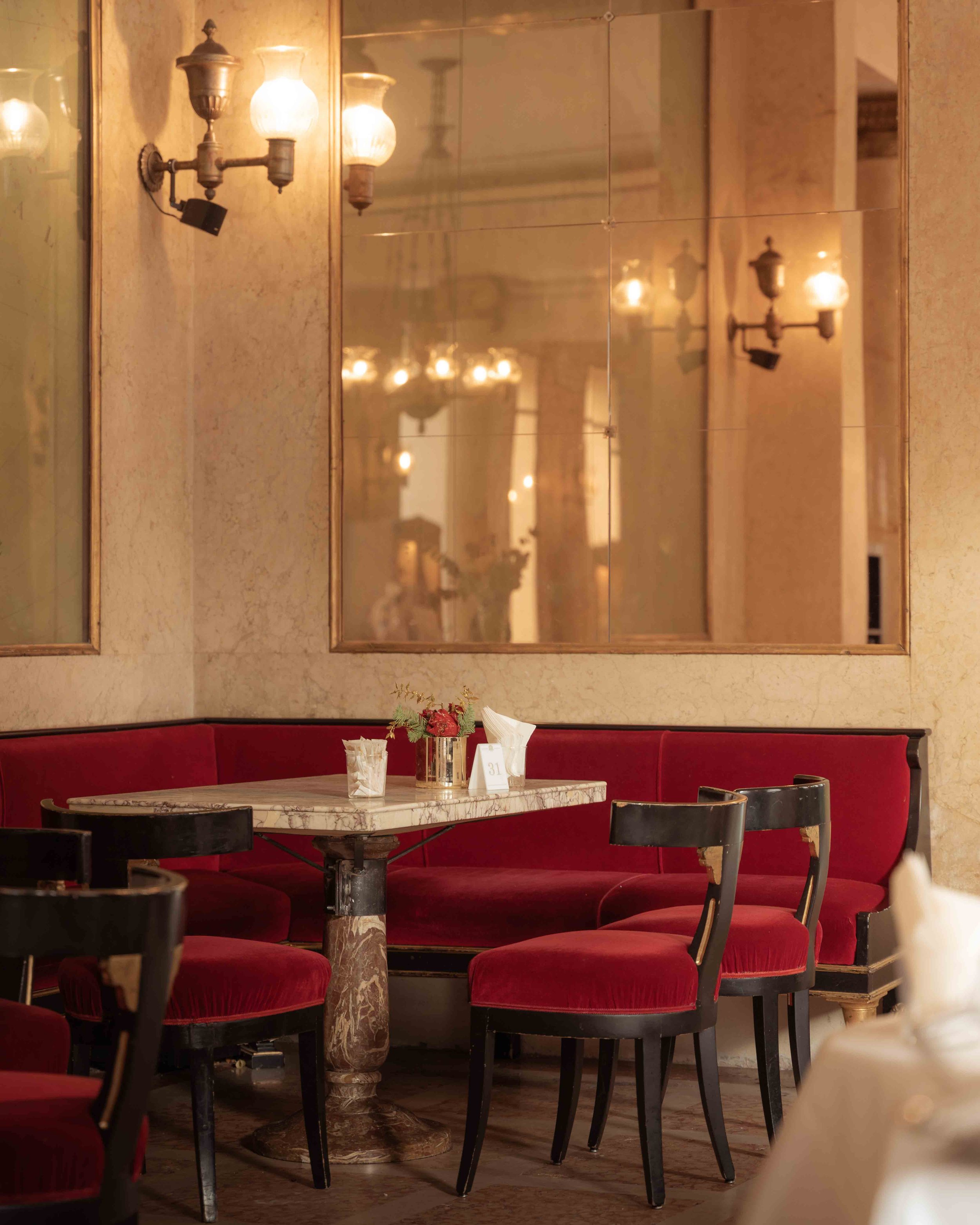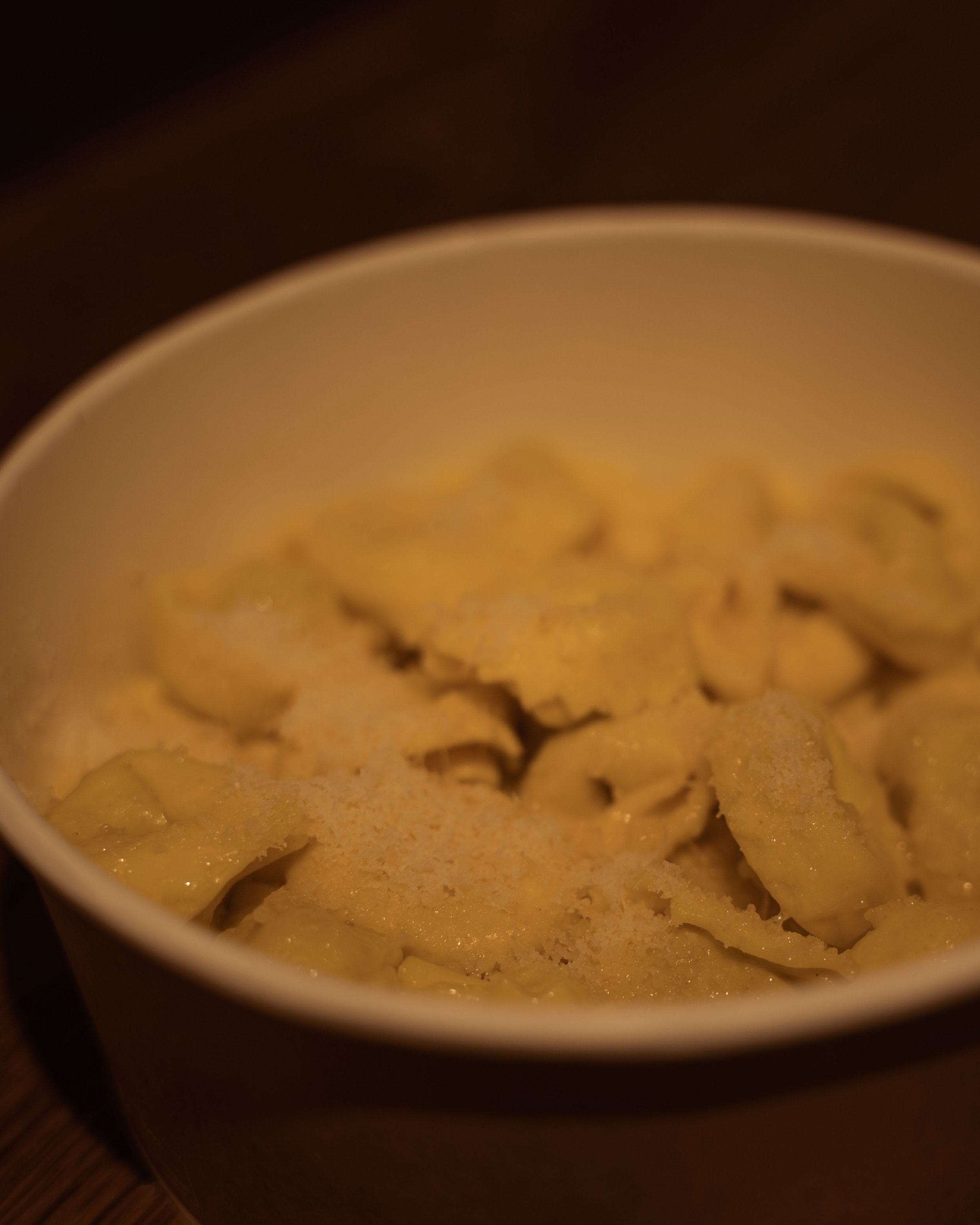7 things to do on a day visit of Padua
(updated in May 2025)
You could be surprised at the number of artistic, historic, or simply interesting spots worth visiting in Padua. If you decide to see them all, you should brace yourself for quite an intense – but rewarding – day.
Rather than a complete list of everything that Padua has to offer, what follows is a combination of ticketed attractions with more leisurely ways to appreciate the city through its customs, food, and general atmosphere.
Contents
1) Embrace the piazza culture
Nowhere does Padua charms as in its squares. From grand historical squares used for horse races in Roman times, to elegant spaces intended for the leisurely strolls of nobles in the Middle Ages, to age-old characterful market grounds, to picturesque open areas scattered with restaurant and café tables.
The most important churches and most exquisite buildings of the city form the backdrop of Padua’s squares, setting the stage where locals and visitors alike have been congregating and socialising for centuries.
Nobles’ councils and races may not take place anymore, but markets are as alive as ever, and the number of eating and drinking spots opening their doors on these stone-paved expanses speak clearly on where locals like to spend time.
Even though you will doubtlessly come across a few squares as you walk around the historic centre of the city, you should ensure you don’t miss the following ones.
PIAZZA DEI SIGNORI
With bordering arcades hosting elegant shops and restaurants, and a third side crowned by a stunning medieval clock tower, Piazza dei Signori (Lords’ Square) is traditionally the most formal and refined of Padua’s squares.
Different times of day deliver a very different experience of this square.
Come in the morning and you’ll find an open-air market selling clothes and trinkets. Don’t let the stalls sidetrack you from having a good look around at the elegant buildings, the decorated balconies above the porticos, and the white clock tower.
Come in the late afternoon or evening and you will find yourself immersed in a much more relaxed atmosphere. That’s when Piazza dei Signori becomes what locals call the city’s ‘parlour’. Market stalls are replaced by restaurants’ tables and chairs, and morning shoppers by an aperitivo or dinner crowd. Locals meet for a glass of spritz at the end of a work day or after university lessons, sometimes lingering for an alfresco summer meal.
I highly recommend you join them, grab a table, order a spriss or a glass of Prosecco, and watch the social life of Padua come to life. There should be enough to keep you entertained.
PIAZZA DELLA FRUTTA AND PIAZZA DELLE ERBE
These two squares (respectively meaning Square of the Fruit and Square of the Herbs) have been for centuries the space for commerce and public events - from the drawing of lotto numbers to capital executions.
They are separated by the majestic Palazzo della Ragione (Palace of Reason), a medieval masterpiece of a building that is essentially a huge hall surrounded by a balcony and held up by 90 columns. The interior is just as grand as the exterior, with a 40-metre vaulted wooden ceiling and walls covered in dazzling UNESCO-listed medieval frescoes.
The space underneath the great hall was always intended to host a covered market, officially establishing the commercial role of this area, where trades had taken place since Roman times. And to this day, a walk ‘under the great hall’ is part of locals’ grocery shopping routine (see Padua’s markets on point 2, further down).
Piazza della Frutta and Piazza delle Erbe are both markets in the morning and relaxing open spaces in the afternoon, but it’s the evening twilight that brings out all their charm, courtesy of the surrounding elegant buildings acting as atmospheric backdrop.
PRATO DELLA VALLE
A little further away from the cluster of squares in the historical centre lies Prato della Valle (meaning Field of the Valley), a square occupying an area larger than the previous three combined. In fact, it is one of largest squares in the whole of Italy, and seeing it open as you arrive from one of the side streets is a scene that will fill your eyes.
Make your way to the grassy elliptical island in the middle of this huge expanse by crossing one of the four monumental bridges over the surrounding canal. Even on a quiet day, the 78 statues of Paduan history and folklore will prevent you from feeling lonely, but don’t expect feminine company: they are all male, in spite of a recent proposal to introduce a statue of Elena Lucrezia Cornaro Piscopia, the first woman to receive a doctoral degree – see this article from the Guardian).
Prato della Valle is an ancient square, as evidenced by a recent draining of the canal, which brought to light the stage and seating rows of a Roman amphitheatre. Its role as yet another marketplace for the city can be traced back to the same era.
These days, this space is used for all major city events, from concerts, to skating competitions, to New Years’ firework displays. But even on an average weekday, it remains one of Padua’s favourite hangout spots. Join the locals by sitting between the statues by the canal and take the time to admire the elegant architecture of the buildings bordering the square.
THE LOWDOWN
WHERE
Piazza dei Signori, Piazza della Frutta, Piazza delle Erbe, Prato della Valle, Palazzo della Ragione
WHEN
- Unless you’re keen on markets, all the squares are at their best in the late afternoon
- Palazzo della Ragione opening hours: Tue - Sun, Feb-Oct 9am-7pm | Nov-Jan 9am-6pm, last entry 30 minutes before closure
PRICE
Palazzo della Ragione: full price / reduced € 8,00 / € 6,00. Free for Urbs Picta Card holders.
2) Help preserve the ancient market tradition
With a tradition dating back 800 years and still going strong, Padua’s open markets are an essential component of its history and identity.
As in most Italian markets, a jaunt among the stalls amounts to more than just procuring dinner or a fine scarf. Going to market is a daily ritual for many locals, the occasion to catch up with friends or to make new ones while perusing what’s on offer, and the chance for a laugh or two when salespeople are the entertaining kind. Information is exchanged and local gossip is kept alive among inviting displays of fresh produce or in front of an espresso from the counter of a nearby bar.
If you want to literally act like a local, dive under the cream-coloured awnings and soak in the atmosphere of a quintessential Italian experience. Or follow a local showing you how it’s done on a market tour followed by some authentic home cooking.
Medieval Piazza della Frutta and Piazza delle Erbe exist and were designed for the very purpose of hosting trading activities. While the merchandise may have changed through the centuries, these squares have remained true to their original function.
Right in between them is perhaps the most evident testimony of the strong trading tradition in Padua: Palazzo della Ragione. Built over 800 years ago as town hall and palace of justice, the open lower level was conceived to host the main market hall of the city.
That's my favourite market.
That space Sotto il Salone (Under the Great Hall) still resounds with the businesses of butchers, fishmongers, cheesemongers, bakers, delicatessen vendors, and fresh pasta-makers. It may be easy to stick to a budget when looking at the produce and clothing offer of the other markets, but I dare you not to give in to some of the tempting fare on display here.
If you approach Palazzo della Ragione from Piazza della Frutta and proceed towards the large archway leading to adjoining Piazza delle Erbe, make sure you look for the ancient official measures sculpted on the white stone of the Palazzo right next to the Bar dei Osei. These were meant to be compared with the measures that tradesmen used to portion their merchandise, and to ensure they were not intentionally selling less than the legal quantities. Clearly, merchants at that point in time were not the most trustworthy if the nearby corner where they used to gather is called the Canton delle Busie (the Corner of Lies).
THE LOWDOWN
WHERE
Piazza dei Signori, Piazza della Frutta, Piazza delle Erbe, Prato della Valle, Palazzo della Ragione
WHEN
- All markets follow slightly different schedules, however as a rule of thumb they are all open Mon-Sat in the morning until at least 1pm
- Palazzo della Ragione opening hours: Tue - Sun, Feb-Oct 9am-7pm | Nov-Jan 9am-6pm, last entry 30 minutes before closure
PRICE
- All markets are free
- Palazzo della Ragione: full price / reduced € 8,00 / € 6,00
3) Wander the atmospheric maze of the old Jewish ghetto
If Padua’s airy squares are making you feel agoraphobic, head for the characterful maze of portico-lined cobbled alleys forming the old Jewish ghetto.
To get there, simply cross the road from Piazza delle Erbe and walk down either via S. Squarcione or via dei Fabbri. You will end up in via S. Martino e Solferino, the ghetto’s main axis.
When it was turned into an official ghetto in 1603, this area was already home to most of the local Jewish community, which came to Padua attracted by commercial opportunities and by the religious tolerance of the city’s prestigious university - where they were allowed to graduate unlike in other European institutes.
Alas, conditions worsened for ghetto residents as their population grew and the available real estate proportionally reduced. As you walk around you will probably notice how the top row of windows is significantly smaller than the lower ones. That’s because new housing could only be created by adding a level to the existing buildings, but lack of resources led to smaller apartments with low ceilings.
Now that segregation days are thankfully over, this is one of Padua's most atmospheric areas.
Leaving Piazza delle Erbe behind and proceeding into the cocooning shade of the ancient covered walkways, I felt instantly partial to this quieter residential neighbourhood of curving narrow alleyways, a couple of authentic osterie (traditional restaurants), and a few quirky shops.
Especially delightful are the leafy central Piazzetta (little square) and the section of via S. Martino e Solferino between the Piazzetta and via Roma.
THE LOWDOWN
WHERE
Old Ghetto of Padua
WHEN
Atmospheric at all times of the day
4) Score a reflection shot of the 'Specola'
In my Paduan wanderings, I strayed outside of the old ghetto, intrigued by the string of artisan workshops in via S. Gregorio Barbarigo. There, a window of freshly built violins stopped me in my tracks, and I couldn’t resist taking a few pictures of these exquisite instruments.
The violin-maker, a well-dressed gentleman who had clearly seen many other photographers stopping at the display of his creations, invited me inside to explore his shop. We ended up chatting for a good while, and I left with more pictures in my memory card and a few recommendations of additional places to see in town.
One of them was the Specola, the old astronomical observatory tower, standing at the fork of one of the city’s main canals and in the middle of one of Padua’s most picture-perfect corners.
To fully appreciate the view and take the best pictures, walk to Paleocapa bridge. From there, the Specola’s reflection on the waters below and the little bridge leading to it are fully visible.
Also charming is the history of this ancient tower, all about evolution and redemption.
Built in the 9th century as a defensive tower, it was converted 400 years later into a dungeon and place of torture by the cruel city ruler Ezzelino III da Romano. After the tyrant’s fall, the tower was abandoned and remained in a ruinous state for most of the subsequent four centuries.
However, in the 18th century, during Venetian rule, it was designated to host the university’s astronomical observatory, a part it played until 1942.
On top of one of the doors that used to lead to the dungeons, an inscription reads:
1242
This tower, which once led to infernal shadows
now, under the auspices of the Venetians, opens the way to the stars
1767
These days, the tower hosts the Museum of the Astronomical Observatory of Padua.
THE LOWDOWN
WHERE
Specola (Museum of the Astronomical Observatory of Padua)
WHEN
- The best time to photograph the Specola is in the late afternoon, when the tower is bathing in golden light
- The museum is open on weekends and public holidays between May and September and only by guided tour in Italian. The tour can be booked via a form on the website of the Cultural Heritage of Italian Astronomy but follows a pre-determined shedule.
PRICE
A guided tour of the Museum costs € 8,00
5) Marvel at Giotto’s revolutionary masterpiece
If there is one thing that we Italians know Padua for, it’s the Scrovegni chapel.
Many a time I had heard about the dazzling 17th century frescoes covering every square centimetre of this small church’s walls and ceiling and how they represented a turning point in figurative art. So, when I booked my online ticket, I was ready to be dazzled.
If you are not into ancient art and are instead prone to art gallery-fatigue, allow me to give you a reason to still consider the visit: it will only take about half an hour of your time. And trust me, it's good!
A special protocol was introduced to reduce the impact of visitors and preserve this ancient and fragile chapel.
It works like this: only a group of up to 25 people is admitted into the chapel at the same time, and they all need to first spend about 15 minutes in a glass-walled chamber. Here, while a very informative video on the chapel and its history is played, the air is cleared of excessive humidity and dust. At the end of the video, the group is allowed into the small church for only 15-20 minutes.
And that’s when the real show starts.
First, it’s the colours: deep, warm, vibrant blue, orange and burgundy advance in every direction you look. There is nothing subdued or relaxing in this palette: these are hues that your eyes can’t avoid.
Then, you start paying more attention and make an effort to ‘read’ the frescoes. Think of a movie reel being uncoiled on a three-tiered spiral covering all the walls. You can literally see the stories of the lives of Mary and Christ unfold in front of you as you move your eyes along the ‘reel’. That is nothing short of genius.
Then, as you really get into each scene, it’s the drama: desperate women with tears running down their cheeks, a couple kissing on the lips, a scary black devil standing behind Judas, Jesus staring right into Judas’ eyes while receiving the infamous kiss, all types of torture inflicted on the unfortunate ones condemned to hell. The realistic representation of human emotions is what sets these frescos apart from previous figurative art: for the first time, people could see themselves in these scenes, and I can only imagine how compelling and terrifying this must have felt.
Finally, you may notice little details that Giotto, the creator of this masterpiece, added to push the magic even further. I couldn’t help gasping when I saw that the halos of some of the characters were partly lifting from the plaster as if they were in the process of becoming real.
THE LOWDOWN
WHERE
Cappella degli Scrovegni
WHEN
- Open every day 9am-7pm
- Between late March and early November it is also possible to visit between 7pm and 10pm
PRICE
- Tickets can be purchased at the Chapel or online from the Chapel’s website (for an extra € 1,00 pre-sale fee) by clicking on “Book Now”.
- Adult every day except Mondays / EU citizens over 65 yo, groups of at least ten / 6-17 yo, students of all ages, teachers / children up to 5yrs, disabled persons and accompanying persons, Urbs Picta Card holders: € 16,00 / € 12,00 / € 7,00 / € 1,00
- The ticket gives also access to the neighbouring Eremitani Museum and the Zuckermann Palace, except on Mondays, when it’s reduced to € 12,00
6) Join Padua cafe society at Caffè Pedrocchi
I can’t think of a better way to appreciate a city’s heritage than sitting in opulent surroundings enjoying a hot drink with some decadent pastry.
That’s the Caffè Pedrocchi experience.
One of a handful of Italy’s historical coffee houses, this Paduan landmark has been entwined with the city’s history and folklore since 1831. Opened all hours day and night until 1916, it quickly became known as ‘the café without doors’, welcoming patrons of all social extractions, and encouraging people to linger at its tables – even when not ordering anything.
The sumptuous premises somehow didn’t affect the inclusive character of Caffè Pedrocchi, which became a gathering place for artists, intellectuals, and even cash-strapped students from the nearby university. The university buildings are so close that in 1848, when Padua was part of the Austrian empire, a bullet fired by Austrian soldiers towards protesting students hit an internal wall of the Caffè. The mark it left is still clearly visible (and surrounded by a plaque), in what is now the ‘White Room’.
Visiting the coffee house these days means basking in a blend of history, elegance, and self-indulgence.
I went for a hot drink on a January morning, and I can’t deny I was slightly intimidated by the grand appearance of the building. Was I going to feel out of place inside? Would I find the prices unreasonable? What kind of clientele would there be, and would I stick out like a sore thumb?
It didn’t take long for me to realise that the historical welcoming reputation of the café is still well founded.
But don’t get me wrong: if you decide to go for the full sit-in experience like I did, this is not a place where one feels like putting their feet up on the chairs.
Expect shiny marble, luxurious velvet, golden details, antique mirrors as high as the ceiling and ancient maps stretching across whole walls. Hot drinks are served with crunchy biscotti and tiny glasses of sparkling water.
And yet, the atmosphere is relaxed, the waiters are friendly, the clientele is varied. Prices are in line with the character of the place, but not unreasonable.
I embraced the uniqueness of the place and gladly tried the signature Pedrocchino (aka Pedrocchi Coffee), a bottom layer of espresso topped by a layer of mint cream and a dusting of cocoa. It is not to be stirred or sweetened so it’s served without spoon. I thought it was delightful, but I can’t really exclude the possibility that the beauty of the premises may have affected my taste buds!
Some guided tours of the city have their final stop here, and I can’t think of a better place to socialise, exchange impressions, and relax. It really is all about following on the steps of those intellectuals and artists that have found comfort in the all-embracing luxury of Caffè Pedrocchi through the centuries.
THE LOWDOWN
WHERE
Caffè Pedrocchi
WHEN
Open every day 8am - midnight
PRICE
Entrance is free. A Pedrocchino is € 6,00.
7) Dive in the street food scene
Northern Italy has a strong tradition of bar food, or ‘cicchetti’, inexpensive savoury bites that may come in small portions but sure pack a punch in flavour. As a Northern Italian city with a large population of students to feed, Padua has a lively quick bite scene that includes but is not limited to traditional bar food.
I would even go so far as to say that during the day it’s easier to fill your belly grabbing a few snacks rather than walking around looking for a proper sit-in restaurant. Dinner time may be instead more suited for a proper sit-in ristorante or osteria.
If you, like me, are a street food lover, and you want to experience the Paduan street food scene, here are some tips:
Go for anything piquing your interest at any given time, regardless of your hunger levels. In my experience, even if you don’t feel particularly hungry, your stomach is likely to start rumbling the minute you resist the temptation and walk away.
If you can identify them, follow the locals. Nobody knows where the good stuff is more than them. Different times of the day will have different crowds: in the morning and at lunch you are likely to see employees on a break, while in the afternoon university students and adults socialising are your best bets.
Leave room for dessert. I am not a sweet tooth, but I saw quite a few ‘pasticceria’ selling some very inviting biscuits and pastries. If you want to order something typical, go for a slice of sweet ‘Pazientina’ cake, a feast of chocolate, cream and nuts.
Based on my research both online and in the field, two popular spots are:
Bar Nazionale (Piazza delle Erbe): a much-loved bar selling their signature ‘tramezzini’. If you have had tramezzini before, you’ll notice these are not the traditional triangular sandwiches: they are still made with two slices of soft, crustless white bread, but they are rectangular and lightly toasted just before being served. Fillings vary greatly but vegetarian options aren’t too numerous.
Dalla Zita (via Gorizia, very close to Piazza della Frutta): another institution in town, this unpretentious tiny bar has been a business for 160 years, and now offers a selection of more than 200 sandwiches made to order. The menu is spread across the wall in the form of a collage of colourful cards, each with a handwritten description of a different filling combination. I went for a simple brie and grilled zucchini option. It was served as a stuffed toasted white baguette section and, while it was nothing to write home about, I enjoyed it as a larger snack. I am sure I will be back to try some other combination.
I also tried Pastificio Artusi – De Bojo. This is only one of a few street food options under Palazzo della Ragione, and I was attracted by the range of fresh stuffed pasta and by the crowd of local workers and students queuing for a hot lunch. Your selection of fresh pasta and sauce is cooked to order under your eyes and there are a couple of tiny shelves and stools you can use to eat inside. I ordered cappellacci (large tortellini) stuffed with porcini mushrooms and served in a hot butter sauce. The pasta was very tasty if a bit thick, but I don’t recommend the butter sauce: I couldn’t really taste it. Next time I will go for a more flavoursome sauce.
THE LOWDOWN
WHERE
All over the historic centre of Padua, but especially around Piazza della Frutta and Piazza delle Erbe
WHEN
At any given time of the morning or the afternoon, including lunch

